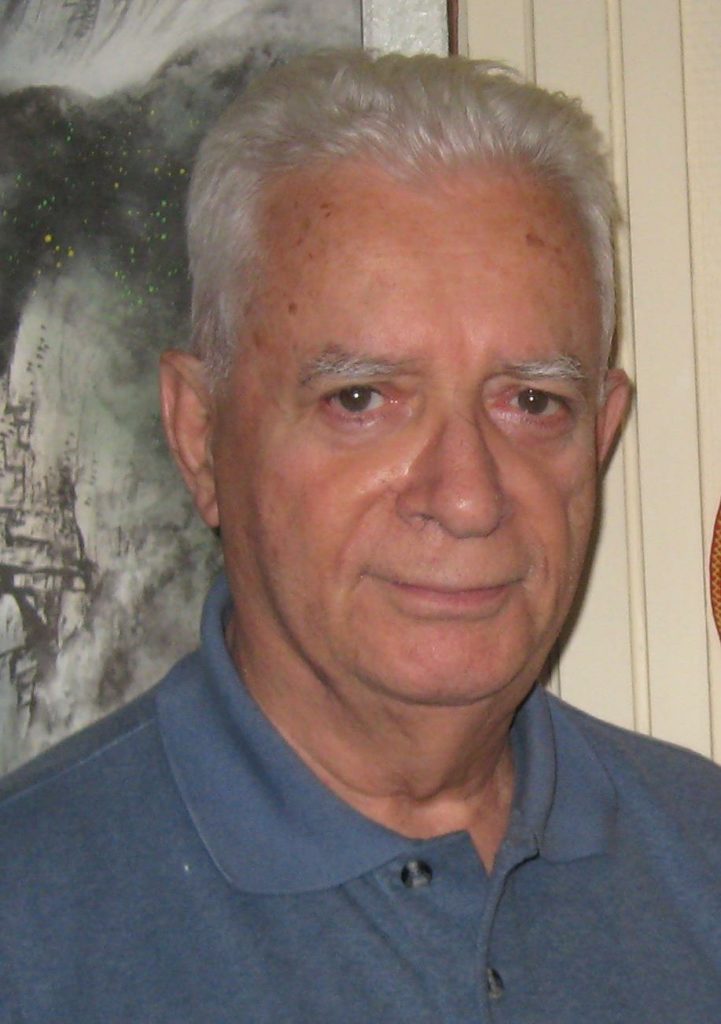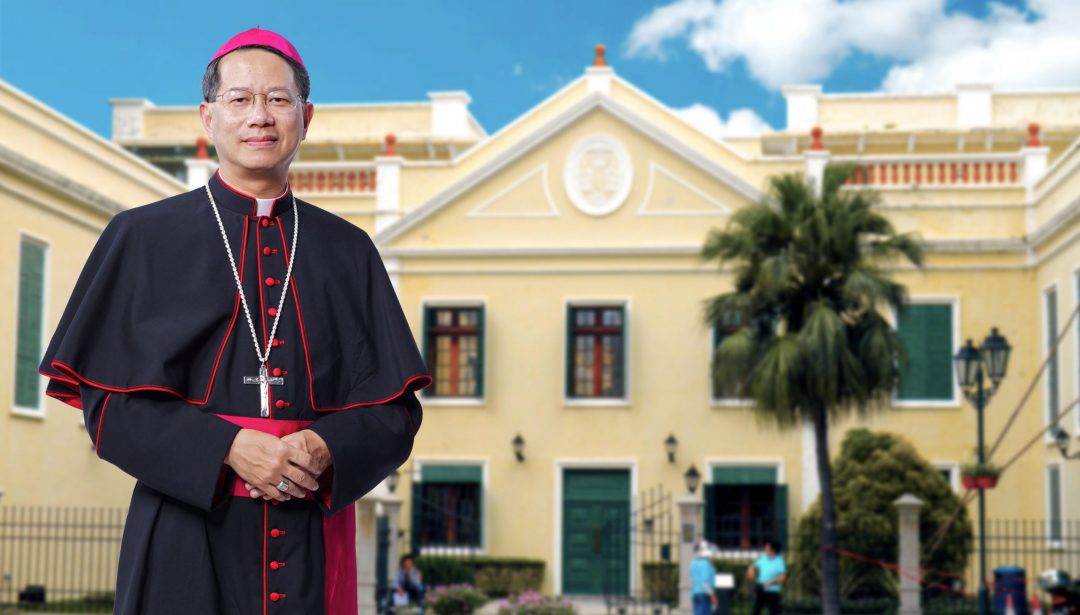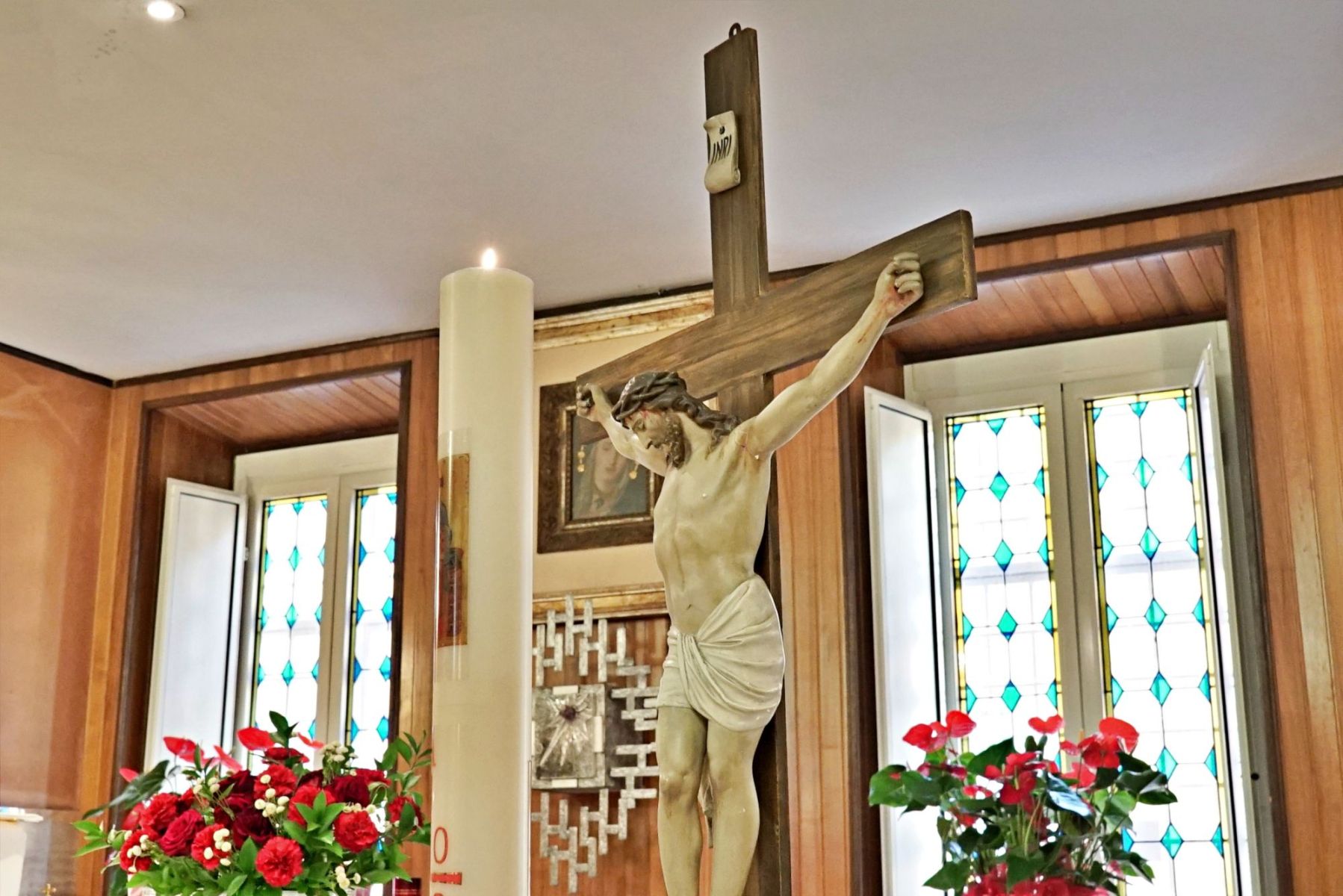– Aurelio Porfiri
Concerning the evangelization of China, many people talk about the role of the Jesuits but not so many talk of the role of the Franciscans. Do you think this is accurate?
The Franciscans had missionaries in China long before the Jesuits. One of them, the Neapolitan John of Montecorvino was appointed archbishop of Beijing by Pope Clement V in 1307. China was then run by the Mongol dynasty Yuan. Before 1950, the Franciscans from various countries were in charge of 25 dioceses in China.
After 1950 they still served the China Church from Hong Kong and Taiwan, making known the social teachings of the Church and achieving a complete translation of the Bible into Chinese. The main contributor, Fr Allegra, lately was beatified. The Jesuits are better known because of their scientific contributions at the court of the emperor in the 18th Century, when they were in charge of the bureau of astronomy and of the official calendar. Their biographies have been compiled by Pfister. Over sixty tombs of Jesuits have been officially offered by the emperor and can be visited today in Beijing. In contemporary China the Jesuits renewed their scientific mission. In the Xianxian diocese of the Hebei province, Jesuits made outstanding contributions in sinology. Fr Teilhard de Chardin took part in the discovery of the “Beijing man” with an international team of paleontologists. Since the mid 19th century, the main Jesuit center was in Nanjing and Shanghai. They founded the Aurora university, a bureau of meteorology and an observatory on Sheshan hill. Their orphanage in Touséwé (Tushanwan) trained a lot of apprentices in various professions and initiated a Chinese Christian art. In the New China, at least two Jesuits became popular: Ma Xiangbo separated from the French Jesuits to found Fudan University with a more chinese curriculum than Aurora University. Bishop Jin Luxian played a leading role in the revival of the China Church and in the reopening of over a hundred churches in his own diocese of Shanghai.
What kind of opinion you have, as historian, about the rites controversy?
The rites controversy is too often considered as a Church mistake in missionary strategy. The key theological issue unfortunately is not sufficiently examined. A Chinese theologian such as Fr Andrew Li in the 18th Century was clearer on this question. Salvation in Christ is not salvation through law or through rites, but salvation though faith in the infinite Love of the Father. Jesus crucified is the Savior of men through his testimony to God’s merciful Love. St Paul clearly notes this mystery in his letter to the Corinthians: “to the wise, this is madness”. Ancestor worship often was superstitious. Common people feared that a return of the ancestor could be harmful to family life. A number of missiologists argue that such a ritual was just a sign of loyalty to the state and obedience to the Sovereign in line with the Confucian tradition. They do not realize that such an act confers a sacred and absolute power to the sovereign. It is just eliminating liberation in Faith and nurturing a slavish Christianity. It would amount today to recommend total submission to the Party rule. It is very strange that some promoters of the human rights in China are the same ideologists who blame the Church for having forbidden ancestor worship.
Why has China never become a Christian nation? Why has Christianity always had troubles?
Chinese civilization is much refined. It includes a strong basis of moral virtue and a call for an effort in self perfecting. It lacks however a sense of the human limits and it condemns pardon as a shameful weakness. Offenses have to be revenged. Chinese do not want to lose face in confessing their wrongs. They have no sense of sin. Christian Faith on the other hand calls to destroy this pride. The cross of Christ is worshipped. If Christianity was slow to progress in China, it was largely due to the unchristian behavior of the westerners in China. In the 16th Century Portuguese merchants and soldiers misbehaved and often gave a sad picture of their Christian faith. In the 19th century, British merchants developed the opium trade as a payment for tea, ceramics and silk. They offered a concrete proof to Karl Marx’s blame of Christianity as being “the opium of the people.” Far from repenting, they replied to Chinese resistance by bombing Canton. They were Christians, but Chinese called them the “red hair devils.” The French colonial army joined the British in imposing “unequal Treaties” to China. France introduced articles requesting security for Christian missions. But the political purpose was to secure commercial benefits in China. A few Chinese wrongdoers became Christians to escape Chinese tribunals and benefit from the French Protectorate on Christianity. As a result, converts were considered as traitors to their country. Despite all these setbacks, a small Catholic minority of about 12 millions Chinese managed to survive persecution and is now fast renewing itself in the spirit of the 2nd Vatican Council. Other Christians, often inspired by a powerful Evangelical message are now progressing faster than Catholics all over the country. During the past 30 years, the Protestant printing Press in Nanjing has published over a hundred millions of Chinese Bibles.
Can you mention two or three Chinese Christians that for you are models for us to admire?
I wish to mention three outstanding Chinese Catholics who should be better known and admired.
Father Andrew Li, a Chinese priest in the 18th Century, was born in a Catholic family in the upper reaches of the Han River, south Shaanxi. In 1702, he was recruited by Fr John Basset MEP who was on his way back from Xi’an to Chengdu. Andrew was then 8 years old. Basset favored Chinese education but the child showed himself eager to learn Latin under the guidance of Fr De la Baluére, a companion of Basset in Sichuan. Exiled to Macau in 1707, Andrew was tonsured by Cardinal de Tournon who was half a prisoner there after his unfortunate Embassy to the Qing Emperor. Andrew studied theology in the MEP College of Ayudhya in Siam, started pastoral work in the Fujian province, then was sent to Sichuan. Missionaries being banned, he spent about ten years, alone responsible for the whole province of Sichuan. He gave a detailed account of his pastoral work in his diary which he wrote in Latin, sending it every year to the MEP procurator in Macau. Andew Li’s diary has been lately translated into French. It is now in the process of being translated from French to Chinese. What he wrote reflects the apostolic spirit of St Paul. It reveals how Christian faith could be lived among poor farmers families of the Sichuan province.
Another model for today should be Dom Lou Tseng-siang. Born in a Confucian cultured protestant family, Lu Zhengxiang (official pinyin spelling) was trained in political science and became professional in diplomacy with a first appointment in St Petersburg. He married a Catholic Belgian wife, but she never made any pressure on him to become a Catholic. He made this choice himself in studying the history of the Church and in appreciating the solidity and universality of the catholic doctrine. He discovered that Christianity was the basic source of energy and power to the Westerners and he felt that Christian Faith would help China to overcome its weaknesses and take its place in the modern world. Having become the China Minister for Foreign Affairs, he had to take measures which were shameful for China and it made him suffer. After the death of his wife, he chose to become a Benedictine monk with a view to draw deeper inspiration from the liturgy. He wrote in French his autobiography under the title Souvenirs et pensées. Bishop Lo-kuang translated this book into Chinese. He wrote another book on the intercultural exchange between Europe and China under the title La rencontre des humanités. This book lately has been translated into Chinese by a student priest in Paris, Fr Zhao Shu from Inner Mongolia.
A third Chinese priest should be a source of spiritual reflection. His understanding of Christianity is fed by the Taoist heritage of China and Saint Theresa’s Story of a Soul. When he first came to Paris in the thirties, the young Huang Jiacheng was a revolutionary hostile to Christianity. He studied philosophy in Sorbonne University and wrote a thesis on British Hegelianism. During the 1940 War, he took refuge in a French Catholic family. There, he was struck by the loving care of the mother. He thought of his own mother and of China as his mother. He converted to Christian faith. Baptized in Lyon, he became a priest in the congregation of the Oratory, sharing the joyful spirit of St Philip Neri. His main book was published in the fifties under the title: Ame chinoise et christianisme. The book has been translated into Chinese by Fr Zhao Shu and published by Taiwan Kuangchi Press.
What was the role of Macau in the evangelization of China?
Having become a Portuguese Catholic Diocese in 1557, Macau was used as a springboard for missions into China by many missionary institutes over some 300 centuries. The first pioneers were the Italian Jesuits Michael Ruggieri and Matteo Ricci. Both spent some time in Macau for a thorough study of the Chinese language. From Macau they moved to Mainland China in 1583. The French MEP Missionaries had their procure in Macau before they moved it to Hongkong in 1857. The procurator in Macau had a power only second to the directors in Paris in appointing newly arrived missionaries. Taking into account the political situation, he could eventually modify the final destination of a missionary or retain him for a few months in Macau. The French missionaries in fact had some problems in Macau. The Church in Macau was highly dependent on the authority of the king of Portugal. The training of Chinese priests was not favored. The Jesuits, however, some of them being Portuguese, managed to build in Macau a powerful basis for their missions to Japan and China. The façade of their church of the 16th century remains the main landmark of Macau. In our days, their St Joseph Seminary witnesses to their service of the Church in China. Today, Macau has become a platform of intercultural East-West exchanges. Mainland scholars and even priests and sisters can come to Macau more easily than in Hong Kong for international conferences organized by Polytechnic or by the Ricci Macau Institute. But a much larger crowd from the mainland flows into Macau for gambling in the huge and superb casinos built there over the past forty years.


 Follow
Follow



2 thoughts on “EXCLUSIVE INTERVIEW WITH FATHER JEAN-PIERRE CHARBONNIER MEP (2) – Christianity in China”
Comments are closed.